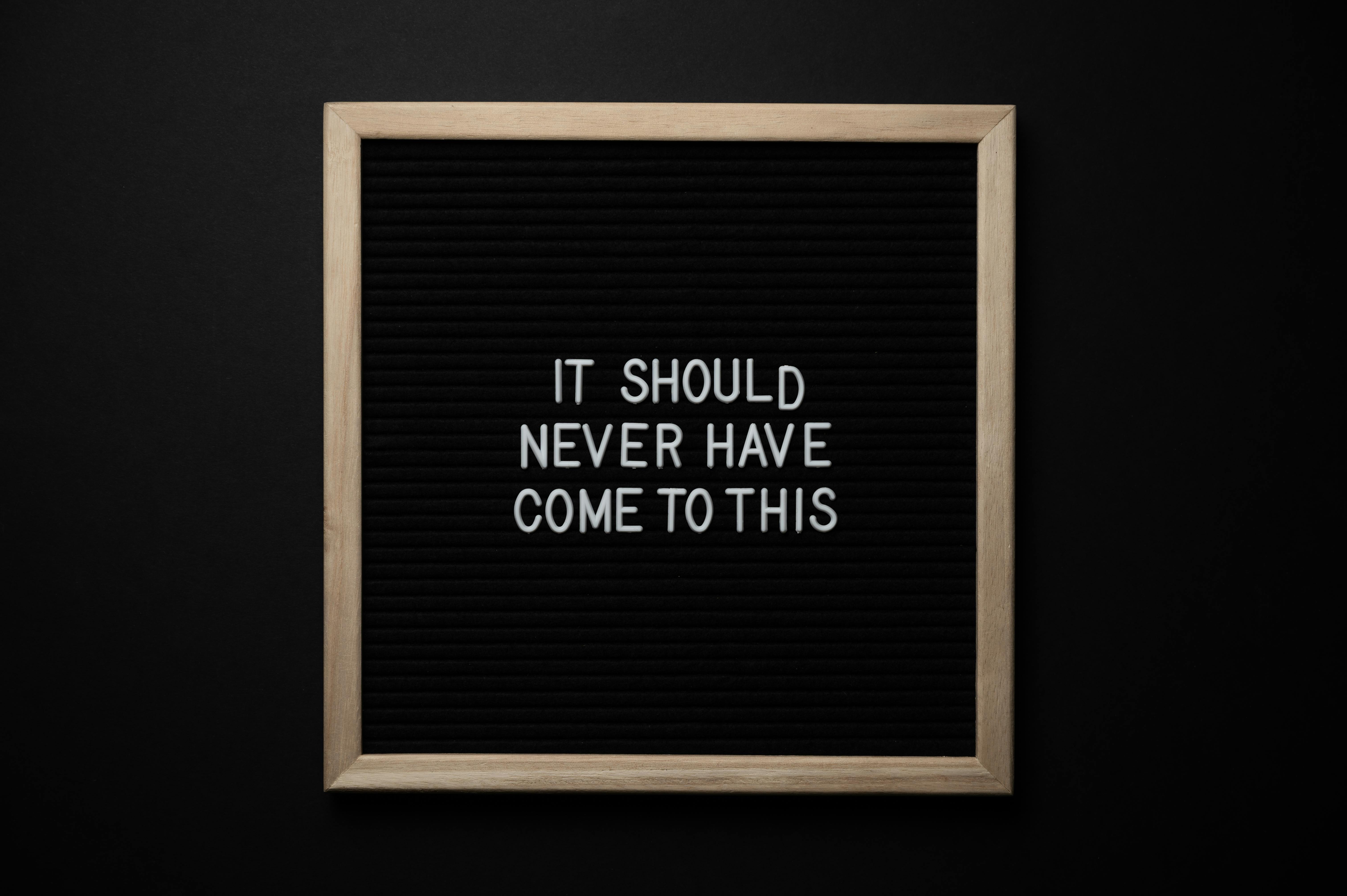My review of Johann Hari’s book, Chasing the Scream
The opposite of addiction is not sobriety, it is connection.
~Johann Hari~
I discovered the existence of this book several days after a certain president announced his opinion that drug traffickers should be executed. He would have felt an affinity with Harry Anslinger, the chief architect and champion of the drug war that took root in the 1930s. His view was that illegal drugs were bad and so were the people who sold them and they consumed Both the groups of people and the drugs themselves became the targets of its eradication.
Hari writes extensively about Anslinger and the army he led, as well as Billie Holliday, the renowned jazz singer who died of a heroin overdose, and Arnold Rothstein, an early drug addict. During the course of the book, Hari also gives full coverage to drug users, drug dealers, the police, people who work with drug users, and investigators. He also documents research results and alternatives to a war on drugs.
Hari admits that he found it difficult to put aside the traditional wisdom about the evils of drugs and those who use them. He also struggled with the idea that drug eradication is the only effective way to tackle the problem. I must admit that initially it was also difficult for me, as a reader, to imagine seeing drugs in any other way than the traditional one.
The author documents the burdens placed on society by the war on drugs, making the problem for society much worse than it was when drugs were legal. He clearly points out how little we learned from alcohol prohibition. Crime increased significantly with the advent of prohibition and decreased with the end of prohibition. However, we saw that the best way to deal with the problem of illegal drugs was to follow the same path that we took with alcohol. Although the subtitle of Hari’s book is “The First and Last Days of the War on Drugs,” it doesn’t seem to me that the last days are in sight.
However, research and social experiments suggest that there are rational alternatives. Research with animals and later with people found that addiction is not primarily due to the nature of the substances ingested. A much larger contribution to addiction is a lack of a sense of worth, a lack of social connection, and a feeling of not being useful to society. As Gabor Maté says: “The core of addiction is not what you swallow or inject, it’s the pain you feel in your head.” Hari also mentions the effects of institutional racism leading to increased drug use by people of color.
The author also details the success of programs in countries such as Switzerland and Portugal and efforts in the states of Colorado and Washington to achieve drug legalization in various ways. Such approaches often involve supervised drug use in conjunction with counseling to help users improve their sense of self, begin to feel human again, and find a way to contribute to society.
The book is presented narratively, leaving you with the feeling of knowing the people on all sides of this issue. It may be difficult for you to change the way you think about drugs, drug use and users after the long tradition of seeing this as a problem that needs to be eradicated. Addressing it in this way has led to a drain on society both socially and economically. I suggest you try this book. You can always go back to your old way of thinking if you want, but if you have any humanitarian bent, I have a feeling you’ll learn to think differently about this issue.

Leave a Reply